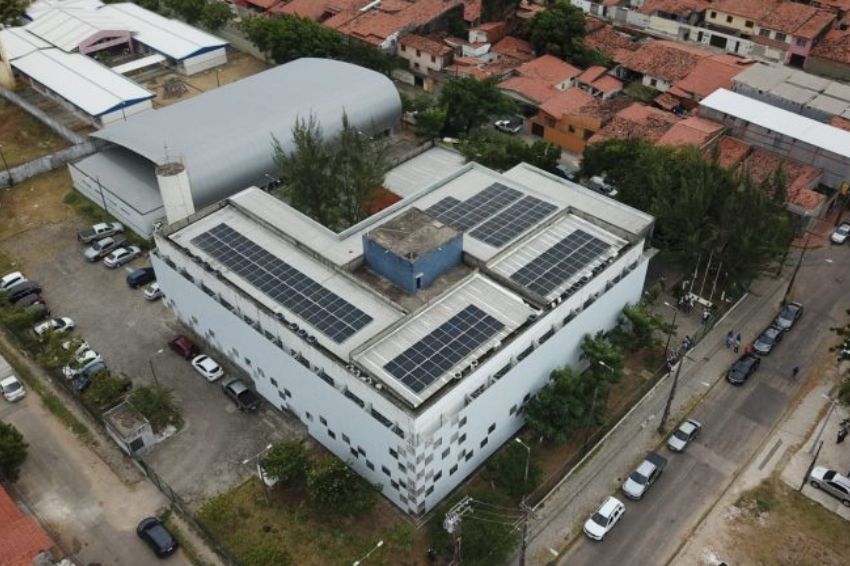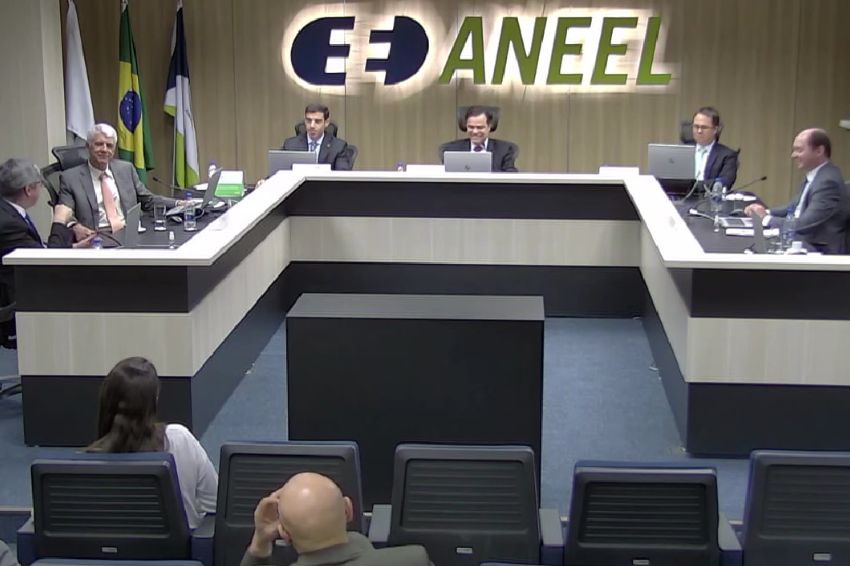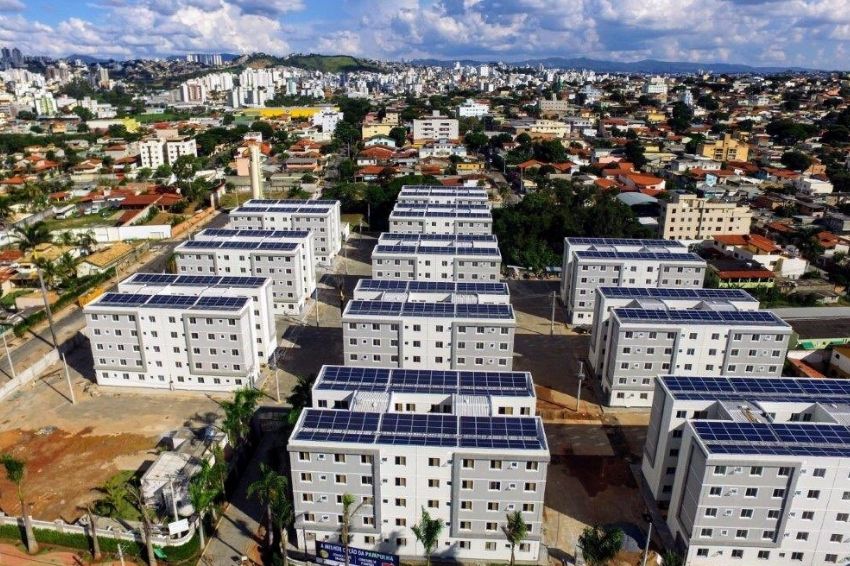The use of solar energy systems in public schools has become an increasingly present reality across the country. Little by little, city halls and state governments are investing in technology in search of savings and sustainability. Examples abound.
At the Ceará, 32 public schools are being equipped with photovoltaic systems. The expectation is that savings of approximately R$ 1 million per year will occur through the payment of electricity tariffs. The works involve an investment of R$ 8.8 million, with resources obtained through Fiee (Energy Efficiency and Distributed Generation Incentive Fund of Ceará).
In Manaus (AM), eight city hall teaching units, in the Rio Negro region, a coastal area of the city, will also receive solar energy. The Kanata T. Ykua indigenous municipal school, in the Três Unidos community, was the first to receive the technology installation. The next ones will be Kunyana Putira schools; Puranga Pisasú; Rui Barbosa; Francisco Diogo de Melo; Good Jesus; São Sebastião and Figueiredo Pimentel.
At Bahia, the city of Teixeira Freitas installed 536 panels in four public schools, but the energy production, of approximately 8,500 kWh, will be able to meet the demand of six units.
In the municipality of Serra, the first plant was installed in a public school in the state of Holy Spirit. The system with 22 panels of 550 Wp was built at the CMEI Vantuil Raimundo school, in the Lagoa de Jacaraípe neighborhood.
In Three steps, at the Rio Grande do Sul, the city hall completed the installation of solar panels in 18 municipal schools, ten of which are Early Childhood Education and eight are Elementary Schools. The total investment for installation was R$ 950.1 thousand.
With an investment of R$ 150 thousand, the Gama Secondary Education Center Integrated to Professional Education was the first public school in the Federal District to receive a solar energy system. In total, 80 panels were installed, with a predicted saving of R$ 48 thousand per year.
The Government of large northern river is also betting on technology to generate clean and renewable energy. The state signed a cooperation agreement with Neoenergia to enable the installation of solar panels in all 620 schools that make up the state education network. The first plants were expected to come into operation in early 2022.
With an investment of R$ 12 million, EMEB Joaquim Candelário de Freitas, in Jundiaí, in the interior of São Paulo, was the first school in the city to have a solar system. The 72.36 KWp plant has 171 solar panels.
In Rondônia, the State Secretariat for Environmental Development replaced a diesel engine with a solar plant at the João da Mata Municipal School, located in the Pacaás Novos River Extractive Reserve.
The government of Paraná also announced that it would install solar systems in 224 schools, with an estimated investment of R$ 46 million.
According to the ANEEL (National Electric Energy Agency) monitoring system, it is not possible to know how many public schools already have solar energy.

















One Response
Dear sirs, this report makes me mention that back in 2002 I wrote a document as deputy director of the technical school República/Faetec of the Secretariat of Sciences, Technologies and Innovations of the State of Rio de Janeiro, a unit with 4 thousand students in three shifts , which was sent to the management where I developed an energy efficiency project. Unfortunately, they listened to the marker. Do you know why. Because the components of the direction are political indications. Years later, I suggested again the implementation of a photovoltaic generation system. I confess that I don't know if I can raise awareness because I retired as a teacher in 2012. Anyway, the inertia in our country is elephantine, which we have to regret once again. These projects are polarizing, especially for new generations.